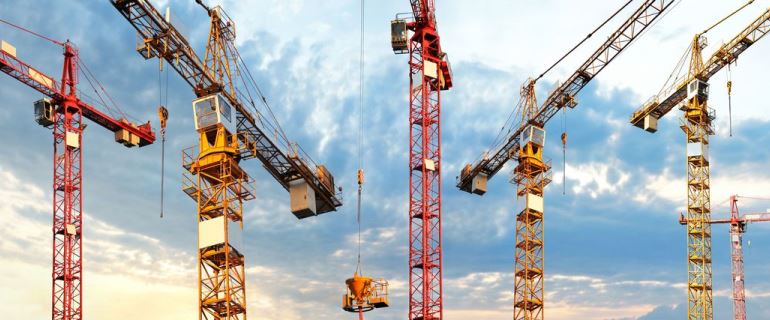The COVID-19 pandemic has forced the South Florida real estate industry to rethink the answers to a range of questions, including how buildings are designed, how goods are delivered, and where and how tenants want to live.
Here are the top 3 emerging trends local industry leaders are watching.
1. Outdoor Space Is Desirable
Retail stores and restaurants took a big hit as shutdowns, restrictions and health concerns changed consumer’s spending habits. Instead of going out to eat, people stocked up on food and avoided in-person shopping, causing a surge in online sales.
Jonathan Carter, executive managing director at Colliers International, says there are a number of deals being done to adapt current spaces to modern environments. And while outdoor environments and open-air concepts in retail stores and restaurants were trending before the pandemic, now there’s a bigger emphasis on it.
“If you had told me in August where we would be today, I wouldn’t have believed you,” Carter said. “The market has gone from having almost no tenants, to what he would now consider a landlord’s market. Landlords who previously had space with a lot of outdoor areas that weren’t perfect, suddenly those spaces are in demand.”
2. Drive-Thru Operators Are Thriving
Last year, the rise in demand for food deliveries, curbside pickup and drive-thrus at quick-service restaurants has been especially prevalent in South Florida, according to Zach Winkler, executive vice president of JLL’s South Florida retail brokerage.
“The demand for more drive-thrus is probably more intense here than any part of the country,” Winkler said. “I think it’s part of the way the restaurant world has shifted a little bit.”
Winkler said sales have remained strong for fast-food restaurants like Louisiana-based Raising Cane’s, and he expects to see an expansion of the chain in South Florida.
“Their sales remained very strong during COVID, and the fact that they’re one of the most efficient drive-thru operators out there,” Winkler said.
3. Offices Are Morphing
As large amounts of people continue to migrate to South Florida and many others prepare to return to the office after a year of working from home, companies are looking at different models for remote and in-office workers. With social distancing changing the way people interact with one another, employers want to give their employees more space and a healthy environment.
Jonathan Kingsley specializes in office and industrial representation of landlords at Colliers International, and he said returning workers are typically getting more square feet per person, while offices are being redesigned.
Remote work is here to stay, but Kingsley feels it won’t be on the scale everyone thought it would.
“Certain employees are absolutely required to work in the office 100% of the time,” said Kingsley, “There’s a second-tier in which there is a three-day at the office, two-day at-home model, three-day at home, and two at the office, and then there is another model where you work from home 100% of the time.”
Click here to for the remaining emerging trends.

